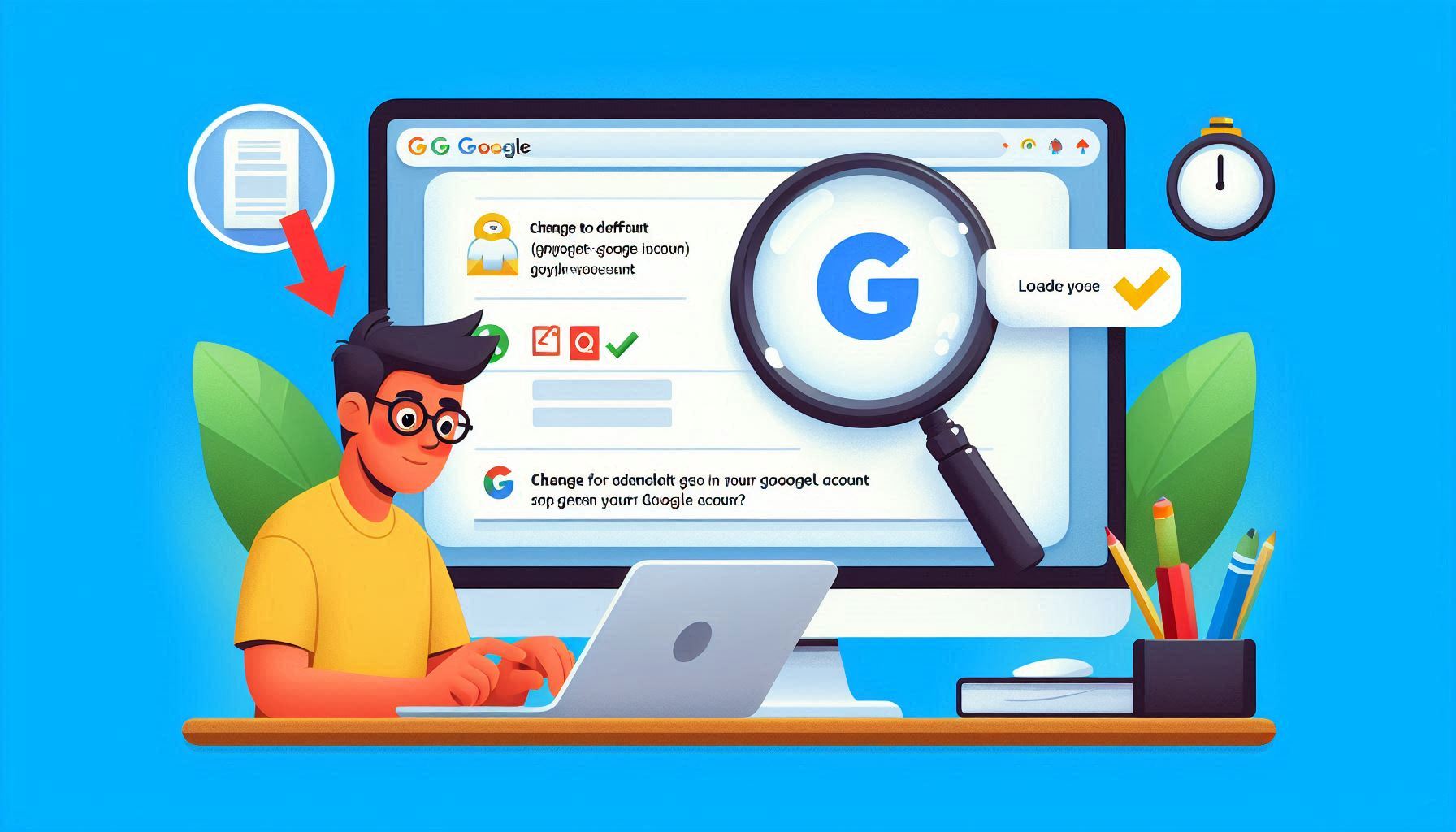Table of Contents

how to design a website for free
How to Design a Website , A well-designed website is crucial for establishing an online presence, whether for personal use, business, or a creative portfolio. It enhances user experience, builds credibility, and helps achieve your online goals. Designing a website can seem daunting, but with the right approach, you can create a stunning and functional site. This guide will walk you through the steps to design a website effectively.
How to Design a Website – Planning Your Website
Defining Your Purpose and Goals
Before diving into the design, it’s essential to define the purpose of your website. Are you creating a blog, an online store, a portfolio, or a business site? Identifying your goals will guide the design process and ensure your website meets your needs.
How to Design a Website – Identifying Your Target Audience-
Understanding who your audience is will help you design a website that appeals to them. Consider their demographics, preferences, and what they are looking for when they visit your site.
Researching Competitors
Look at websites similar to what you want to create. Note what you like and dislike about their designs. This research will provide inspiration and help you understand industry standards.
How to Design a Website – Choosing the Right Platform
Overview of Popular Website Builders
Several website builders can help you create your site without needing to code. Popular options include:
- Wix: Known for its user-friendly drag-and-drop editor.
- WordPress: Offers extensive customization and powerful blogging tools.
- Squarespace: Provides beautiful, professional templates ideal for creatives.
Factors to Consider When Choosing a Platform
When selecting a platform, consider factors like ease of use, customization options, scalability, and cost. Choose one that aligns with your goals and technical skills.
Designing the Layout
Creating a Site Map
A site map outlines the structure of your website. It helps you organize your content and ensures a logical flow of information. Plan out the main pages and subpages your site will include.
Wireframing Your Website
Wireframes are basic sketches of your website’s layout. They help you visualize the placement of elements like headers, images, and text before you start designing.
Understanding User Experience (UX) Design Principles
Good UX design ensures your website is easy to navigate and provides a positive experience for users. Focus on simplicity, clarity, and accessibility when designing your layout.
How to Design a Website – Selecting a Template
Importance of a Good Template
A template provides the foundation for your website’s design. Choose one that closely matches your vision and needs minimal modifications.
Customizing Templates to Fit Your Brand
Personalize your template to reflect your brand. Adjust colours, fonts, and images to align with your brand identity and make your site unique.
How to Design a Website – Choosing a Color Scheme
Basics of Color Theory
Colour theory involves understanding how colours interact and the emotional responses they evoke. Use complementary colours to create a balanced and visually appealing palette.
Tips for Selecting a Cohesive Color Palette
Choose a primary colour that represents your brand, then select secondary and accent colors that complement it. Use online tools like Adobe Color to help create a cohesive palette.
How to Design a Website – Typography
Selecting Fonts That Reflect Your Brand
Fonts play a significant role in your website’s aesthetics and readability. Choose fonts that match your brand’s tone—whether professional, playful, or creative.
Ensuring Readability and Accessibility
Ensure your text is easy to read by choosing legible fonts and appropriate sizes. Maintain a good contrast between text and background, and avoid using too many different fonts.
How to Design a Website – Adding Images and Graphics
Importance of High-Quality Visuals
High-quality images and graphics enhance your website’s appeal and professionalism. Use original photos or source high-resolution images from reliable stock photo websites.
Sources for Free and Paid Images
Websites like Unsplash, Pexels, and Shutterstock offer a range of free and paid images. Ensure you have the proper licenses to use them on your site.
Tips for Optimizing Images for Web
Optimize your images to reduce loading times without compromising quality. Use tools like TinyPNG to compress images and ensure they are appropriately sized for web use.
How to Design a Website – Creating Content
Writing Compelling Copy
Your website’s copy should be engaging and informative. Write in a clear, concise manner and focus on addressing your audience’s needs and questions.
How to Design a Website – Importance of SEO-Friendly Content
Optimize your content for search engines to improve your website’s visibility. Use relevant keywords, meta descriptions, and alt text for images to boost your SEO.
Organizing Content for Easy Navigation
Structure your content in a way that is easy to navigate. Use headings, subheadings, and bullet points to break up text and make it scannable.
Incorporating Branding Elements
Adding Logos and Brand Elements
Your website should include your logo and other branding elements to reinforce your brand identity. Place your logo in the header and use brand colours and fonts consistently.
Maintaining Brand Consistency Across the Site
Ensure all elements of your website align with your brand guidelines. Consistency builds trust and recognition among your audience.
Ensuring Mobile Responsiveness
Importance of Mobile-Friendly Design
With a significant portion of web traffic coming from mobile devices, your website must be mobile-friendly. Responsive design ensures your site looks and functions well on all screen sizes.
Testing and Optimizing for Different Devices
Test your website on various devices and browsers to ensure it performs well everywhere. Use tools like Google’s Mobile-Friendly Test to identify and fix issues.
Adding Interactive Features
Integrating Forms, Buttons, and Other Interactive Elements
Interactive elements like contact forms, buttons, and sliders can enhance user engagement. Ensure these elements are easy to use and visually appealing.
Enhancing User Engagement
Add features like live chat, social media integration, and newsletters to keep visitors engaged and encourage interaction with your site.
How to Design a Website – SEO and Analytics
Basic SEO Practices
Implement basic SEO practices to improve your website’s search engine rankings. Use keywords strategically, optimize meta tags, and ensure your site loads quickly.
Setting Up Analytics to Track Performance
Use tools like Google Analytics to track your website’s performance. Monitor metrics like traffic, bounce rate, and user behaviour to make data-driven improvements.
Testing and Launching Your Website
Conducting Thorough Testing
Before launching, thoroughly test your website to identify and fix any issues. Check for broken links, ensure all forms work, and verify that your site is responsive.
Steps to Launch Your Site
Once you’re satisfied with your website, it’s time to launch. Ensure you have a custom domain, set up hosting if necessary, and promote your site through social media and other channels.
Maintaining and Updating Your Website
Regular Updates and Maintenance
Keep your website up to date with regular maintenance. Update content, fix any bugs, and ensure your site is secure.
Importance of Fresh Content
Regularly adding fresh content helps improve your SEO and keeps visitors coming back. Consider adding a blog, news section, or portfolio updates.
How to Design a Website – Conclusion
Designing a website involves careful planning, creativity, and attention to detail. By following these steps, you can create a professional and engaging website that meets your goals. Remember to keep your audience in mind, stay consistent with your branding, and continuously improve your site based on feedback and performance data. Happy designing!
Top 10 Most Successful Businesses to Start
How to Reset HP Laptop
How to start a website
How to Design a Website – FAQ about Designing a Website
Here are some frequently asked questions about designing a website, along with answers:
- Q: What are the most important things to consider when designing a website?
- A: The website’s goal, target audience, and user experience (UX) are all crucial.
- Q: Do I need to know how to code to design a website?
- A: No, website builders allow you to create websites with drag-and-drop interfaces. However, basic coding knowledge can give you more flexibility.
- Q: How much does it cost to design a website?
- A: The cost varies depending on complexity, whether you use a website builder or hire a designer, and hosting fees. There are free website builder options with limitations, or paid plans with more features.
- Q: How long does it take to design a website?
- A: This depends on the website’s complexity and your experience level. A simple website can be built in a weekend, while complex ones may take weeks or months.
- Q: What are some good resources for learning more about website design?
- A: There are many online tutorials, courses, and books available to teach you website design. There are also website builder platforms that offer built-in tutorials and support.
how to make a website on Google
There are two main ways to create a website on Google:
1. Using Google Sites:
- This is a free and easy-to-use website builder platform offered by Google.
- You don’t need any coding knowledge to use it.
- You can create a basic website with pages, text, images, and links.
Steps:
- Go to sites.google.com.
- Sign in with your Google account.
- Click on “Create.”
- Choose a template or start from scratch.
- Customize your website by adding content and changing the design.
- Publish your website when you’re finished.
2. Using Google Workspace (formerly G Suite):
- This is a suite of productivity tools offered by Google, including Google Docs, Sheets, Slides, and Sites.
- You can use Google Sites to create a more complex website with custom coding.
Steps:
- Sign up for a Google Workspace account.
- Create a new website using Google Sites.
- Customize your website with HTML, CSS, and JavaScript code.
- Publish your website when you’re finished.
Additional tips:
- Choose a domain name that is easy to remember and relevant to your website’s content.
- Use high-quality images and videos to make your website visually appealing.
- Write clear and concise content that is easy to read.
- Optimize your website for search engines (SEO) to improve its visibility in search results.
- Regularly update your website with new content to keep visitors interested.
I hope this helps! Let me know if you have any other questions.
how to make a website for free,how to design the website,how to make a website page,how to make a website on Google,how to create a website for business
prime minister’s role
prime minister’s role , The Prime Minister is the head of government in a parliamentary system. They are responsible for leading the government and making
how to do print screen in dell laptop
Here’s a table detailing the various ways to take a screenshot (Print Screen) on a Dell laptop,how to do print screen in dell laptop There
how to screenshot in laptop Lenovo
Here’s a detailed table specifically for taking how to screenshot in laptop Lenovo: There are two primary methods to take a screenshot on a Lenovo
What is the difference between Hyderabad and Secunderabad?
difference between Hyderabad and Secunderabad What is the difference between Hyderabad and Secunderabad? are often referred to as the “twin cities” of Telangana? While they
How to Adsense Approval
Getting approval for Google AdSense involves following certain guidelines and ensuring that your website complies with Google’s policies. Here’s a step-by-step guide to increase your
Best YouTube downloader for Android
YouTube Downloader for Android Introduction Have you ever wanted to save a YouTube video to watch offline on your Android device? You’re not alone! Downloading
what is 401 response code
what is 401 response code, The 401 response code is an HTTP status code that means “Unauthorized”. It indicates that the request requires user authentication,
How to Get a Free SSL Certificate for Your Website
Secure Your Website for Free: A Guide to Free SSL Certificates with Images and FAQs How to Get a Free SSL Certificate for Your Website.
How do I boost SEO ranking in a search engine
How do I boost SEO ranking in a search engine, Boosting your SEO ranking involves a combination of strategies that improve your website’s visibility in
which is the best search engine in India | what is the best search engine on the internet
The best search engine on the internet depends on your needs: which is the best search engine in India | what is the best search
How to Start a Blog That Generates $1000 a Month
How to Start a Blog | how to start a blog for free How to Start a Blog That Generates $1000 a Month ,Start a
best trading platform in india 2024
Best trading platform for beginners 2023 best trading platform in india 2023 There are several best trading platform in India 2024, and the best one
how to add image in pdf | Best word to pdf
how to add images in pdf | word to pdf, you can use various tools and software depending on your preferences and requirements. Here are
Best YouTube downloader for Mac
best laptop brand | Best Laptop Company YouTube Downloader for Mac Criteria for the Best YouTube Downloader Best YouTube downloader for Mac – Before diving
How to Design a Website
how to design a website for free How to Design a Website , A well-designed website is crucial for establishing an online presence, whether for
What is a Backlink Checker
What is a Backlink Checker , Backlink checkers are your SEO secret weapon. These tools shed light on your website’s backlink profile, revealing: Benefits of
How to Check a Website Traffic
Check a Website’s Traffic in 2024 To check a website’s traffic, you can use a variety of tools that provide insights into visitor statistics, traffic
how to earn money from youtube
how to Earn money on YouTube Earn Money with ClickBank | 100 $ per day how to Make money on YouTube how to get money
how to change default google account
How to Change Your Default Google Account: Step-by-Step Guide how to change default google account , Google makes it easy to sign into multiple accounts
how to register for domain name
how to buy domain name permanently To register a domain name, you’ll need to follow these general steps, To buy a domain name, follow these
Best Google Pixel phone
is google pixel a good phone Picking the best Google Pixel phone depends on your needs and budget. Here’s a quick rundown of the current
free website traffic
get free website traffic to the website If you also want to get unlimited free website traffic on your website, that too within free, then
keyword ranking test | check keyword ranking |keyword rank on google
keyword rank on Google Checking Your Keyword Rank on Google To check your keyword rank on Google, you can use a variety of methods: 1.
How To Choose a Mobile App Development Company
How to Choose a Mobile App Development Company This article highlights how To Choose a Mobile App Development Company that can make your favourite mobile
best laptop brand | Best Laptop Company
best computer laptop brands When it comes to choosing the best computer laptop brands, quality, performance, and customer support are key factors that most buyers
How to index websites in bing | index web
There are a few ways to index websites in Bing: 1. Submit your website through Bing Webmaster Tools: 2. Create high-quality content: 3. Build backlinks:
top 10 most successful businesses to start for women
top 10 most successful businesses to start for women, Here are ten successful business ideas that can be particularly advantageous for women entrepreneurs. These ideas
How to start a website
how to start a website – Starting a website can be an exciting journey! Here’s a roadmap to guide you through the process, considering both
How to Reset HP Laptop
How to factory reset HP laptop how to reset HP laptop – There are two ways to reset your HP laptop : whether it’s a
How to create a website for business
When structuring content that includes all the mentioned keywords under appropriate headings, you can organize the material to guide readers through each step. Here’s an
What is backlinks
what is backlinks? – A backlink is essentially a vote of confidence for your website. It’s a link from another website that points back to
tv series under the dome
“tv series Under the Dome” is a TV series based on Stephen King’s novel of the same name. The show aired from 2013 to 2015
best seo plugin for wordpress
how to increase traffic in your website ,best 4 seo plugin for wordpress several great best seo plugin for wordpress available, but the best one
How to Upload a Job Post on Google Job Board?
How to Upload a Job Post on Google Job Board? How to Upload a Job Post on Google Job Board? , Google has streamlined the
what is do follow link
what is do follow link – A DoFollow link is a type of HTML link that allows search engines to follow the link and attribute
18 Websites That Will Pay You DAILY Within 24 Hours! (Make Money Online)
The Best Ways To Make Money Online For FREE! Here are 18 Websites That Will Pay You DAILY Within 24 Hours for various online tasks, including
google maps to and from driving directions
Google Maps: Driving Directions, Offline Maps, Updates, and More google maps to and from driving directions Google Maps has become an essential tool for navigation,
Best Google OCR | how to use ocr in google docs
how to use ocr in google docs Using OCR (Optical Character Recognition) in Google Docs allows you to extract text from images or scanned documents.
what is AMP Reviews | Best AMP Research Reviews
AMP Reviews: A Detailed Overview “what is AMP Reviews” can refer to different contexts depending on the domain. Below are possible interpretations: AMP full Form
the link building tool helps users enrich their sites’ backlink profiles. the tool can be integrated with google search console. what will this integration do? Best 3 Tips
Integrating a link building tool with Google Search Console provides several benefits for enriching your site’s backlink profile. Here’s what this integration can do: how









































4 comments
Comments are closed.